People
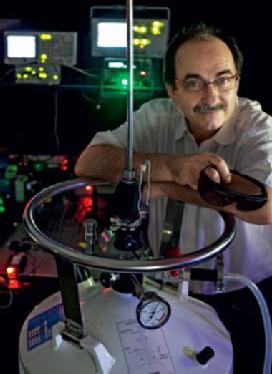
Marin Alexe, Group Head
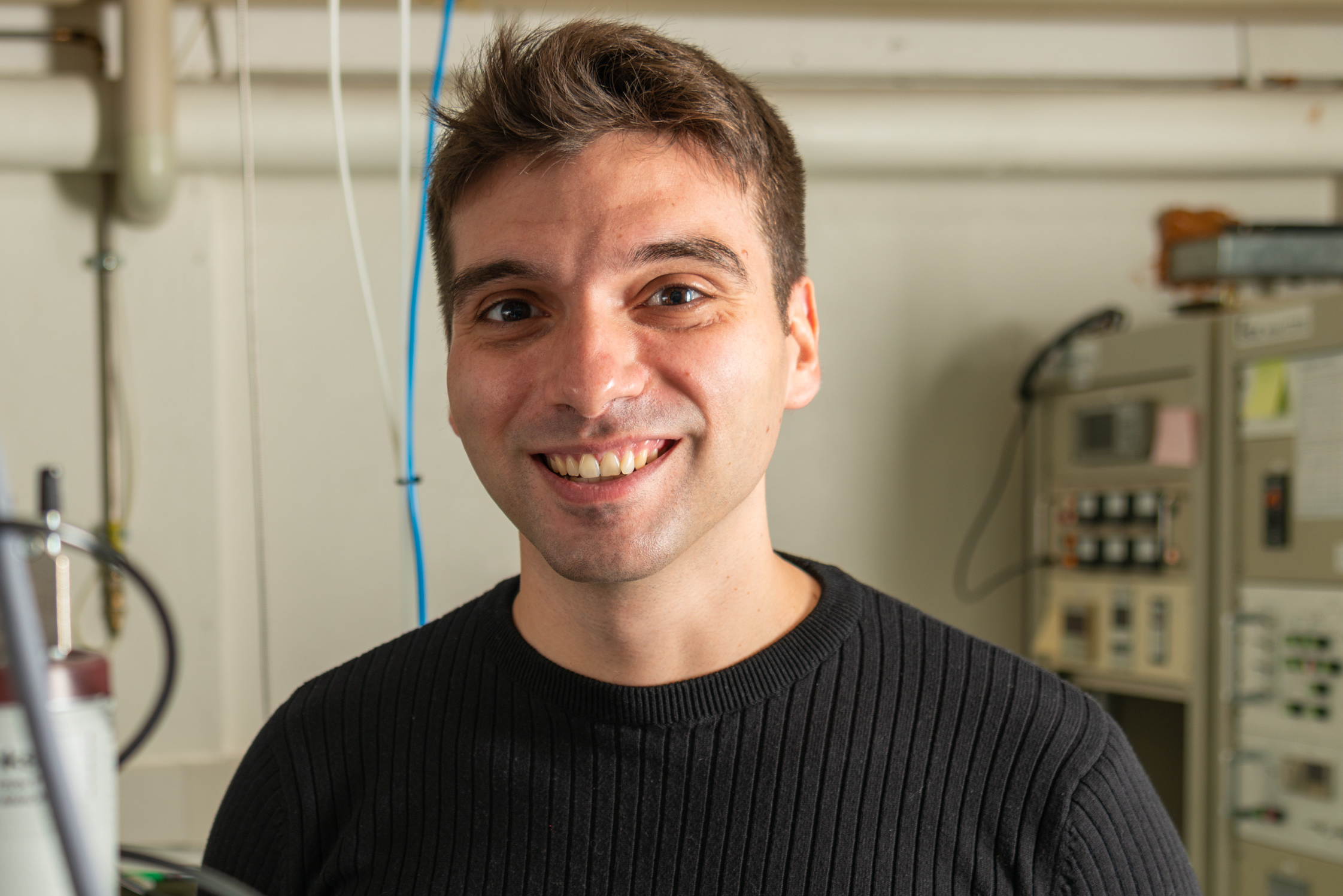
Marios Hadjimichael, Assistant Professor
I joined Warwick as an Assistant Professor in January of 2024. I am interested in the properties of perovskite oxide systems and how they can be tuned using heterostructure engineering and strain. Some of my current research directions include the study of intrinsic electronic and structural properties at the domain walls of ferroelectrics, and strain or strain-gradient engineering of complex oxide systems that exhibit phenomena such as metal-to-insulator transitions and superconductivity.
To fabricate oxide thin films and multilayers I use off-axis radiofrequency magnetron sputtering and pulsed laser deposition. For their characterisation I use a range of complementary techniques including x-ray diffraction, impedance spectroscopy, low-temperature electronic transport, piezoresponse and atomic force microscopy, among others. Additionally, I take advantage of the advanced capabilities of large-scale facilities and conduct experiments at the Paul Scherrer Institut (Switzerland), Diamond Light Source (United Kingdom), and the European Synchrotron Radiation Facility (France) on a regular basis.
You can find more information about my research on my Google Scholar and ORCID pages.
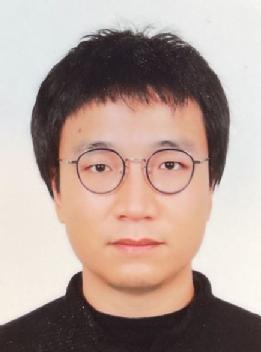
Wei’s research interests include the optoelectronic, ferroelectric, magnetic, and transport properties of materials in the perovskite structure, such as halide and oxide perovskites. He specializes in their synthesis by solution-based methods and pulse laser deposition, and their characterization using a variety of techniques, including scanning probe microscopy, x-ray diffraction, electron microscopy, and low-temperature transport measurement. He carried out postdoc research at the Centre for Correlated Electron Systems, Seoul National University (South Korea), where he initially focused on the design and control of ferroelectric domain structures in oxide perovskite heterostructures. Later, he expanded his research to the study of strain- and strain gradient-controlled phenomena in magnetic materials. In 2022, he, hosted by Marin Alexe, received the Newton International Fellowship for the proposal of using strain gradients, which are generated by a scanning probe or mechanical boundary conditions of ferroelectric domains, to control the spin ordering in magnetic materials.
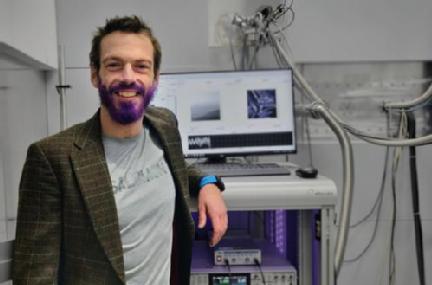
Don Evans, Research fellow
Don’s background is in scanning probe microscopy (SPM) techniques on advanced functional materials, starting with his PhD at Queen’s University Belfast with Marty Gregg, where he provided the first direct observation of magnetoelectric coupling, at room temperature, in a single crystal multiferroic. During postdoctoral positions at the University of Cambridge and the Norwegian University of Science and Technology, with Michael Carpenter and Dennis Meier, respectively. In these positions he expanded his research to multi-order parameter systems in general, focusing on how such multi-order parameter traits are manifested in microstructure like domain walls. This work has been published in a range of high-impact journals and is enthusiastically disseminated at conferences around the world. Don’s current research focus builds on his holistic background to use cryogenic SPM techniques (especially piezoresponse force microscopy, conductive atomic force microscopy, and magnetic force microscopy) to map the local electronic and magnetic properties of quantum systems, such as Mott-Insulators, Kagome magnets, and high-temperature superconductors.
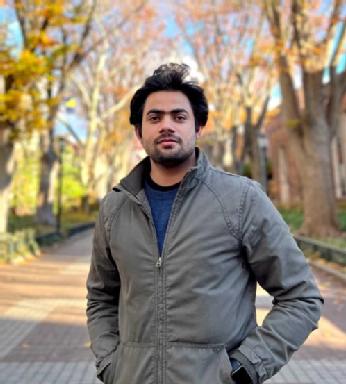
Aditya Singh, Marie Curie Postdoctoral Fellow
I joined Marin's group as a Marie Curie Postdoctoral Fellow (EUTOPIA-SIF Cofund) in September 2023. I am interested in investigating the electrical and optical properties of 2D materials and ferroelectric-based heterostructures. Currently, my work involves developing devices based on 2D/3D heterostructures and studying the interface, strain, and valley physics. Previously, I worked on synthesizing 2D materials using chemical vapor deposition (CVD) and crystal exfoliation and investigating the optical properties of 2D heterostructures.
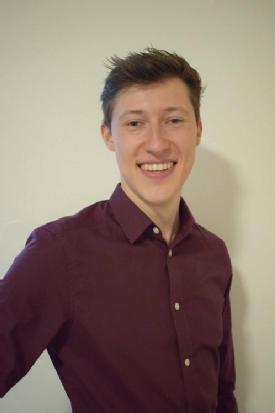
Philipp Münzer, PhD student
My research interests are electronic transport phenomena in (multi-) ferroic materials, with a special focus on the electronic and magnetoresistive properties of domain walls. My current research focuses on the characterization of electronic properties in ferroelectrics like lithium niobate and related materials. Furthermore, I currently conduct low-temperature AFM measurements on perovskite ferroelectrics like barium titanate. Prior to my PhD, which is funded by the Warwick Chancellor's International Scholarship, I graduated with a joint master's degree in Advanced Materials and Engineering at the University of Leoben (Austria) and Saarland University (Germany). The topic of my Master's thesis was: Investigation of Ferroelectricity in Barium Titanate Relaxors by Piezoresponse Force Microscopy.
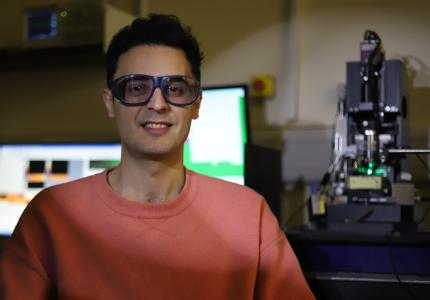
Mehrzad Soleimany, PhD student
The focus of my research is to induce high densities of dislocations in centrosymmetric perovskites to investigate the potential photo induced macroscopic and microscopic effects that may arise from the stress and strain fields and the charged core of these 1-D defects; particularly the Flexo-photovoltaic effect and band-gap modification. I utilize a variety of local and global techniques including, Electron Channeling Contrast Imaging, Electrochemical Impedance Spectroscopy, Piezoelectric and Conductive Atomic Force Microscopy under illumination, and photo-Hall, photoluminescence, and photoconductivity measurements at cryogenic temperatures to visualize and characterize dislocations and their phenomenological influence. I had the opportunity to join Prof. Alexe’s group and take advantage of his expertise through a Ph.D. collaboration between the University of Warwick and the Technical University of Darmstadt.
